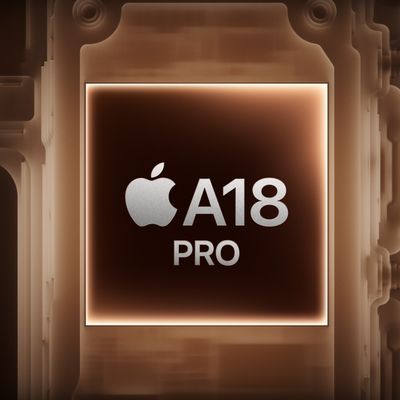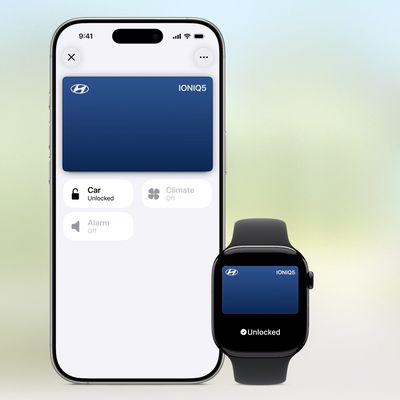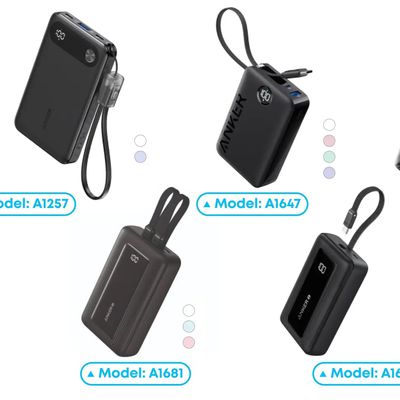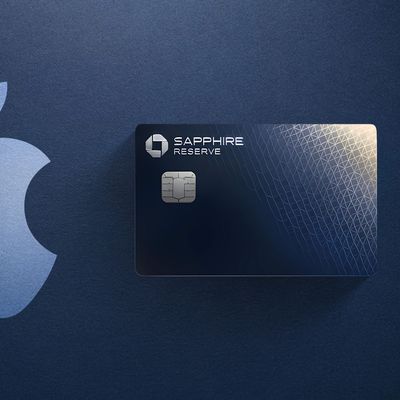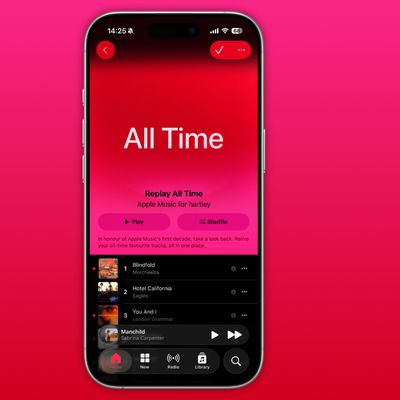Microsoft to Acquire Multi-Touch Pioneer Perceptive Pixel
Microsoft today announced that it intends to acquire Perceptive Pixel, a company founded by multi-touch pioneer Jeff Han and currently focused on large-screen touch displays such as those used by CNN and other television networks to allow anchors to present live, interactive data on set.
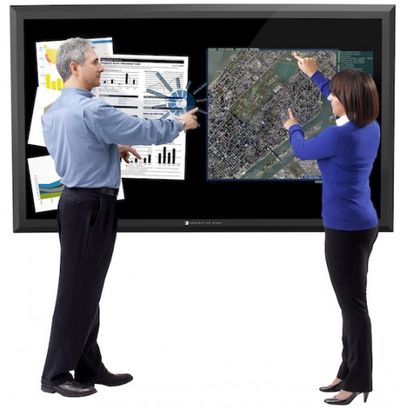
We've featured Han's work a number of times over the years both before and after the launch of the iPhone as examples of what could be done with the technology.
While Han was not involved in Apple's multi-touch efforts, which were based in significant part on the efforts of
FingerWorks, his work has been looked to as some of the key early examples of the potential for multi-touch input technology in action.
Founded in 2006 by Jeff Han, a renowned pioneer in multi-touch technology, PPI shipped its first multi-touch workstation and large wall solutions in early 2007. In 2008 its technology gained widespread recognition for transforming the way CNN and other broadcasters covered the 2008 U.S. presidential election. In 2009 the Smithsonian awarded the company the National Design Award in the inaugural category of Interaction Design. PPI’s patented technologies are used across a wide variety of industries such as government, defense, broadcast, energy exploration, engineering and higher education, and its expertise in both software and hardware will contribute to success in broad scenarios such as collaboration, meetings and presentations.
Microsoft is no stranger to the market either, having launched its "Surface" tabletop multi-touch screens back in mid-2007. While that effort did not lead to significant success, Microsoft just last month relaunched the Surface brand for its forthcoming portable tablet devices running Windows 8.
The addition of Perceptive Pixel will strengthen Microsoft's patent holdings in the area of multi-touch input, as well as provide the larger company with expertise that will help it to develop new tools for collaborative work with its multi-platform Windows 8. Microsoft is planning for a general release of Windows 8 by the end of October, with pricing and availability on its Surface tablet hardware yet to be announced.
Popular Stories
Apple's next-generation iPhone 17 Pro and iPhone 17 Pro Max are less than three months away, and there are plenty of rumors about the devices.
Apple is expected to launch the iPhone 17, iPhone 17 Air, iPhone 17 Pro, and iPhone 17 Pro Max in September this year.
Below, we recap key changes rumored for the iPhone 17 Pro models:Aluminum frame: iPhone 17 Pro models are rumored to have an...
Apple is developing a MacBook with the A18 Pro chip, according to findings in backend code uncovered by MacRumors.
Earlier today, Apple analyst Ming-Chi Kuo reported that Apple is planning to launch a low-cost MacBook powered by an iPhone chip. The machine is expected to feature a 13-inch display, the A18 Pro chip, and color options that include silver, blue, pink, and yellow.
MacRumors...
In 2020, Apple added a digital car key feature to its Wallet app, allowing users to lock, unlock, and start a compatible vehicle with an iPhone or Apple Watch. The feature is currently offered by select automakers, including Audi, BMW, Hyundai, Kia, Genesis, Mercedes-Benz, Volvo, and a handful of others, and it is set to expand further.
During its WWDC 2025 keynote, Apple said that 13...
Apple hasn't updated the AirPods Pro since 2022, and the earbuds are due for a refresh. We're counting on a new model this year, and we've seen several hints of new AirPods tucked away in Apple's code. Rumors suggest that Apple has some exciting new features planned that will make it worthwhile to upgrade to the latest model.
Subscribe to the MacRumors YouTube channel for more videos.
Heal...
Apple is planning to launch a low-cost MacBook powered by an iPhone chip, according to Apple analyst Ming-Chi Kuo.
In an article published on X, Kuo explained that the device will feature a 13-inch display and the A18 Pro chip, making it the first Mac powered by an iPhone chip. The A18 Pro chip debuted in the iPhone 16 Pro last year. To date, all Apple silicon Macs have contained M-series...
Popular accessory maker Anker this month launched two separate recalls for its power banks, some of which may be a fire risk.
The first recall affects Anker PowerCore 10000 Power Banks sold between June 1, 2016 and December 31, 2022 in the United States. Anker says that these power banks have a "potential issue" with the battery inside, which can lead to overheating, melting of plastic...
Chase this week announced a series of new perks for its premium Sapphire Reserve credit card, and one of them is for a pair of Apple services.
Specifically, the credit card now offers complimentary annual subscriptions to Apple TV+ and Apple Music, a value of up to $250 per year.
If you are already paying for Apple TV+ and/or Apple Music directly through Apple, those subscriptions will...
As part of its 10-year celebrations of Apple Music, Apple today released an all-new personalized playlist that collates your entire listening history.
The playlist, called "Replay All Time," expands on Apple Music's existing Replay features. Previously, users could only see their top songs for each individual calendar year that they've been subscribed to Apple Music, but now, Replay All...
![]()



